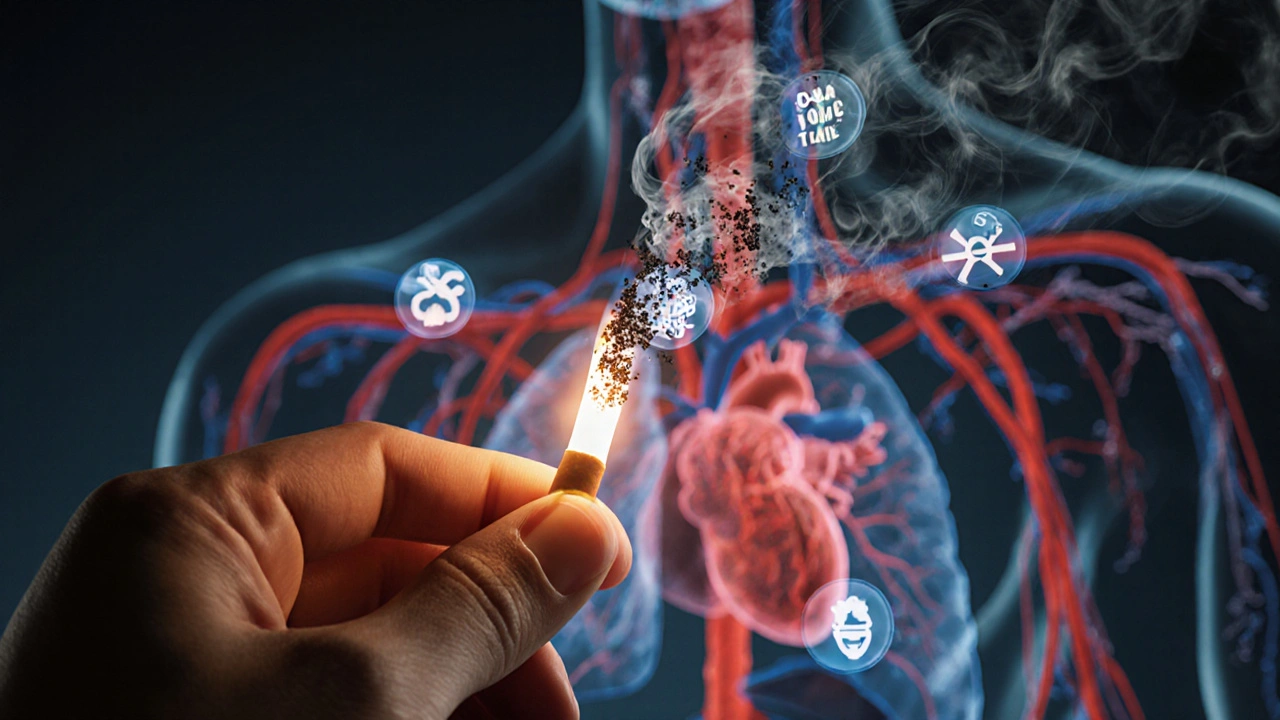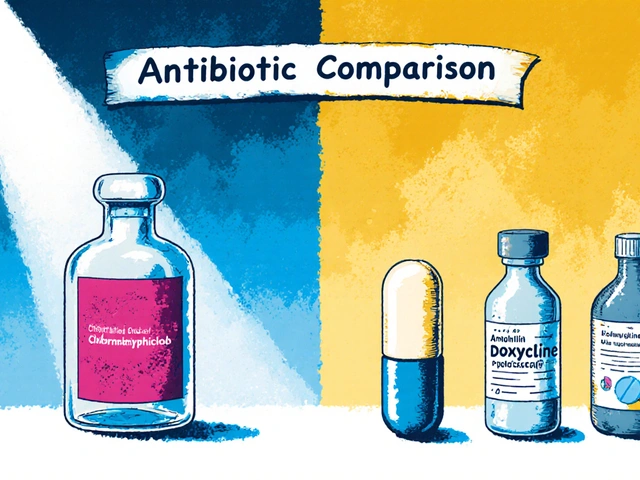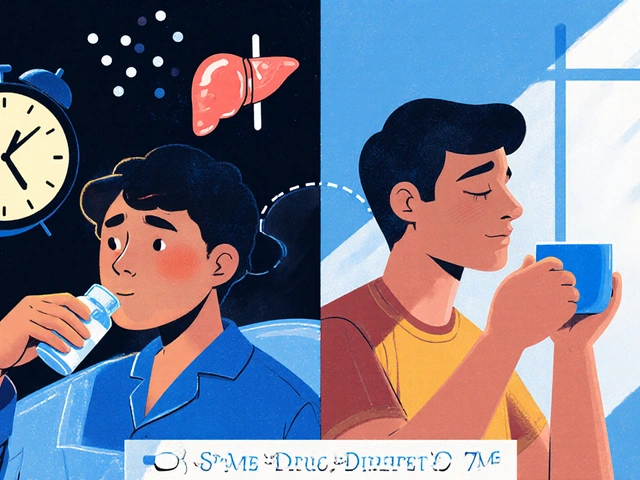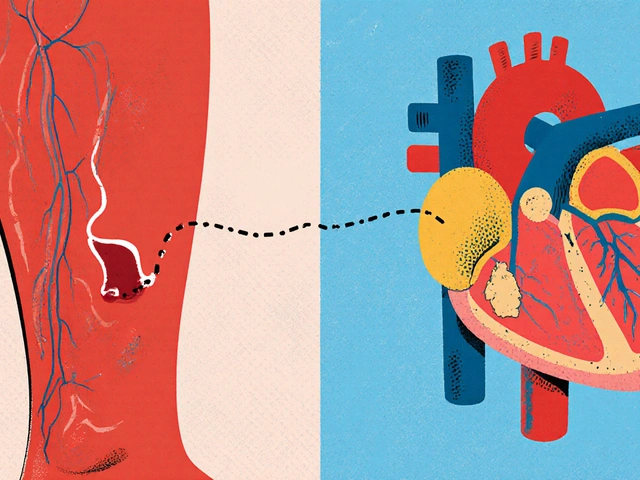Quitting Smoking: Your Path to Better Health
When tackling Quitting Smoking, the act of stopping tobacco use and breaking nicotine dependence, you’re also confronting Nicotine Addiction, a strong physiological and psychological reliance on nicotine that fuels cravings and mood swings. Quitting smoking directly improves Vascular Health, the condition of arteries and veins that smoking constantly damages, which means lower risk of heart attacks, strokes, and peripheral artery disease. It also reduces Withdrawal Symptoms, the temporary physical and emotional effects like irritability, anxiety, and appetite changes that many people dread. Using proven Smoking Cessation Aids, tools such as nicotine patches, gums, prescription meds, and behavioral support can soften cravings and speed up recovery. In short, quitting smoking not only ends nicotine addiction but also restores blood flow, boosts lung capacity, and gives you a clearer mind—key steps toward a longer, healthier life.
What You’ll Find in Our Collection
The articles below dive deep into the science and practical tips that connect these ideas. You’ll see how nicotine addiction drives cravings, why vascular health rebounds after the last cigarette, and which cessation aids work best for different lifestyles. From managing withdrawal symptoms to understanding the long‑term benefits for your heart and lungs, each post gives actionable advice you can start using today. Explore the range of topics and pick the strategies that fit your goals—your road to a smoke‑free life starts here.

- Oct 8, 2025
- Posted by Cillian Osterfield
How Smoking Drives Heart Disease and Stroke: Risks, Mechanisms, and Prevention
Learn how smoking fuels heart disease and stroke, the underlying mechanisms, risk stats, and effective steps to quit and protect your cardiovascular health.
Categories
- Health and Wellness (61)
- Medications (45)
- Health and Medicine (22)
- Pharmacy Services (11)
- Mental Health (5)
- Health and Career (2)
- Medical Research (2)
- Business and Finance (2)
- Health Information (2)
Latest Posts
©2025 heydoctor.su. All rights reserved





